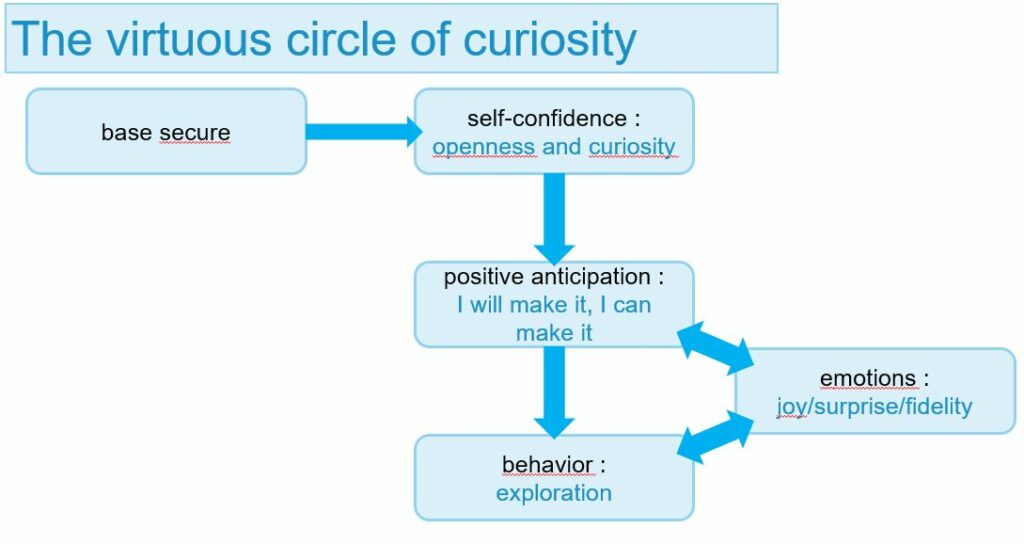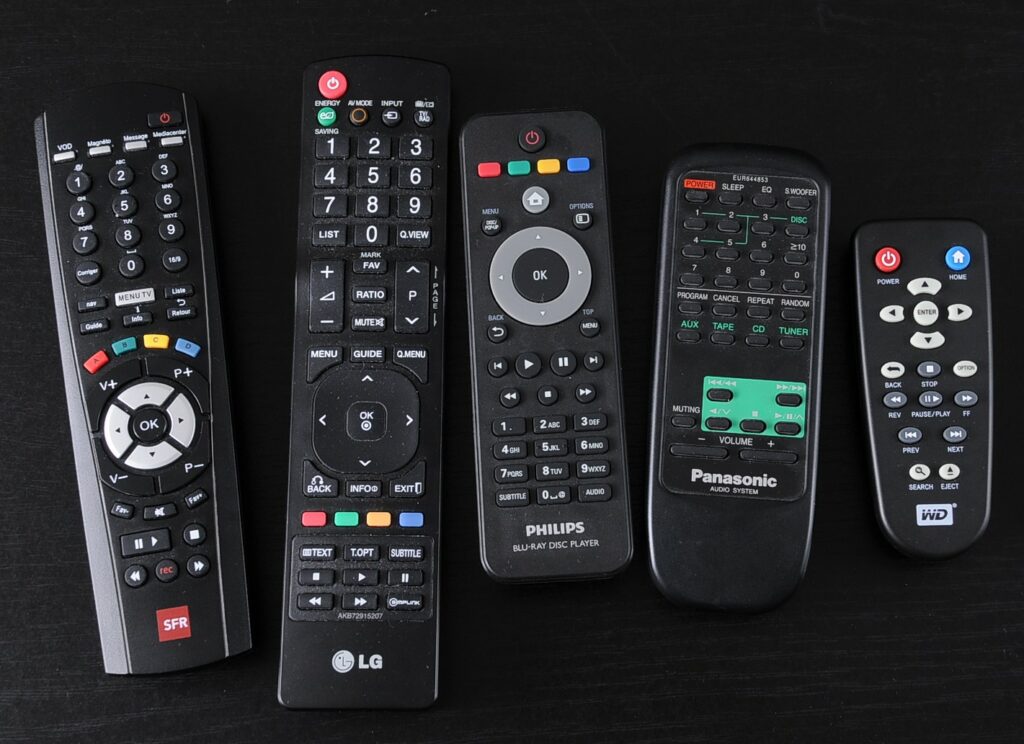Have you ever eaten with chopsticks? I’m pretty sure you have, but if I ask you if you’ve always known how to use them, your answer will certainly vary depending on your culture of origin… As a westerner living in Europe, I did not have to use chopsticks on a daily basis to eat when I was a child. In my family, we ate very little Asian food and when we did I preferred to take cutlery that I knew either knife, fork, or spoon because it was simpler and required less effort for me. My interactions with chopsticks were for a long time very awkward and I had to face the problem by eating in a Chinese restaurant where having no choice but to use chopsticks I learned how to use them. This awkward interaction that I experienced with chopsticks is specific to my Western culture and is reversed for Asians when confronted with a fork and knife. Let’s try to understand how our cultures frame our behaviors and interactions.
The influence of our cultures
Each culture has its own conventions, these are cultural constraints that generally induce specific behaviors. These constraints define a set of authorized or prohibited actions in social situations as well as the use of specific objects whose origin may or may not have evolved over the course of history and may depend on the climate, the environment…. When we go to a foreign country and we are not familiar with the cultural norms, we can have awkward behaviors that will be badly perceived by the inhabitants of the country. Any designer whose ambition is to design new objects that will be used all over the world must therefore integrate these cultural constraints.
The examples that will follow are mostly based on cultural habits that can trigger awkward interactions for foreigners, the easiest cultural differences to identify from my point of view, exist between the West and Asia.
Why do we drive on the left in almost a third of the countries in the world?
Let’s first try to understand why this disparity in traffic. To do this, let us go back to antiquity to see that men already crossed each other on their right. The reason: most human beings being right-handed, our ancestors carried their sword on their left leg to draw it easily. When the horse became the mode of locomotion for noblemen and men-at-arms, the use of left-hand traffic continued for the same reason. Thus, when two knights crossed each other, their swords could not touch. This would have been clearly interpreted as a duel provocation.
It is said that right-hand traffic dates back to Napoleon, although the theories on this subject differ. Before the appearance of the French emperor on the international scene, soldiers attacked first from the left and then only from the right. Legend has it that Napoleon reversed the direction of the attack to cause confusion. Then, he would have imposed right-hand traffic in all the countries he had conquered. Another theory is that Napoleon was left-handed. This, it is said, is the reason for this great reversal: putting his opponents in difficulties, he could more easily attack them and thus optimize his chances of victory. Master of Europe, Napoleon then imposed right-handed traffic on the “national roads”. Everyone, except… the undefeated English. This disparity in traffic patterns today forces us to build different cars but also to adopt different driving behaviors depending on the country. It generates awkward interactions for any foreigner who has to integrate codes and behaviors contrary to his own.

Did you know that the Chinese are tetraphobic?
Indeed they do not like the number 4 because in the Chinese language the pronunciation of the number 4 is very close to the pronunciation of the dead word this number is therefore considered a symbol that brings bad luck. This could be an anecdotal fact yet it has its importance including in the design. In 2017 the OnePlus phone brand was changed from OnePlus 3 to OnePlus 5, thus avoiding the creation of the OnePlus 4. Why did this happen? Precisely for this reason, the Chinese company did not want to name its phone after a symbol of misfortune. It could be said that changing this name in reference to a superstition could be considered silly, yet it is certain that many Chinese would not have bought the model if it had contained the number 4 in its name, this would not have been the case in another country. We can therefore deduce that any interaction including the number 4 is doomed to failure in China.
This shows us that even if an object can be considered perfect, the symbolism it will have from one country to another, for example through its name, will have an impact on the use that people will have of it or even on the willingness of people to have it.

Hygiene, did you say hygiene?
I have a friend who has often been to Japan, it is a country she loves and whose inventions and culture she loves to discover. However, there is one thing she has never gotten used to Japanese toilets. The first explanation I had in mind when she told me about this toilet was that she didn’t understand how to use it. Then, while researching, I realized that the way Japanese people approach hygiene is different from ours. Indeed, for Japanese people, toilet hygiene includes a washing ritual. Thus, toilet washing features are considered essential for them and ¾ Japanese households are equipped with washing and drying toilets. While for my friend these functionalities are more of a gadget, funny to test once or twice but then she would come back to her use of the toilet as she does in France. So the object is not clumsy but the vision of the use we have of the object is different from one culture to another, so my friend was interacting clumsily with the object but this clumsiness was voluntary because she did not want to use the object in the same way as the Japanese.
Tea or coffee?
The Chinese who make our coffeemakers, however, hardly drink any coffee, at least not for the older generations. So they don’t have a coffeemaker in their homes.
Everybody knows that they are big tea consumers, but this goes beyond the consumption of a local product because over the centuries a strong tea culture has developed and has become a very representative element of Chinese culture. The practice of tea culture elevates the spirit and wisdom of human beings. Tea has a very close relationship with Chinese culture, and the study of this tea theme, with its rich content, covers a wide range of disciplines. Tea not only embodies the spirit of Chinese civilization, it also embodies an ideological form. There is no doubt that it has been beneficial in strengthening the social realization of the people and the appreciation of art.
This culture is, therefore, a major brake on the increase in coffee consumption. And despite the installation of Starbucks coffee shops the Chinese drink an average of 1 cup of coffee per year. I found it interesting to learn that in order to increase coffee consumption, a Chinese inventor developed a bag that allows coffee to be brewed in a cup, thus mixing the culture of tea and coffee. Will this attempt at interaction be successful? We will see.

Conclusion
Clumsy interactions can have cultural origins and take place during our travels abroad. However, cultures are increasingly moving towards a common or mixed culture. So what will happen in the future, what will be the place of our cultures of origin in our behavior and interactions?
Definition
- A Clumsy interaction doesn’t happen at the moment we use the object, it was there before and can come from the designer and his personal vision of the use of the object.
- A Clumsy interaction can depend on the conception of an object and more specifically on the design of the experience related to this object when trying to manipulate it, activate it, make it work, and understand it.
- A Clumsy interaction has several causes, one of which is mostly conceptual. When the origin of the awkward interaction is inappropriate and deliberate behavior, it is then a human error of the user.
- A Clumsy interaction can be the result of a lack of curiosity.
- A Clumsy interaction depends on the level and type of emotions the object will generate in the user before, during, or after its use.
- A Clumsy interaction can exist and not exist at the same time all depends on the society and culture in which one lives.
Sources:
Book: The Design of Everyday Things, Don Norman, 2020
Article: De l’art des toilettes au Japon, Saniclean.fr
Article: Pourquoi les Anglais roulent à gauche et nous à droite, lePoint.fr




































